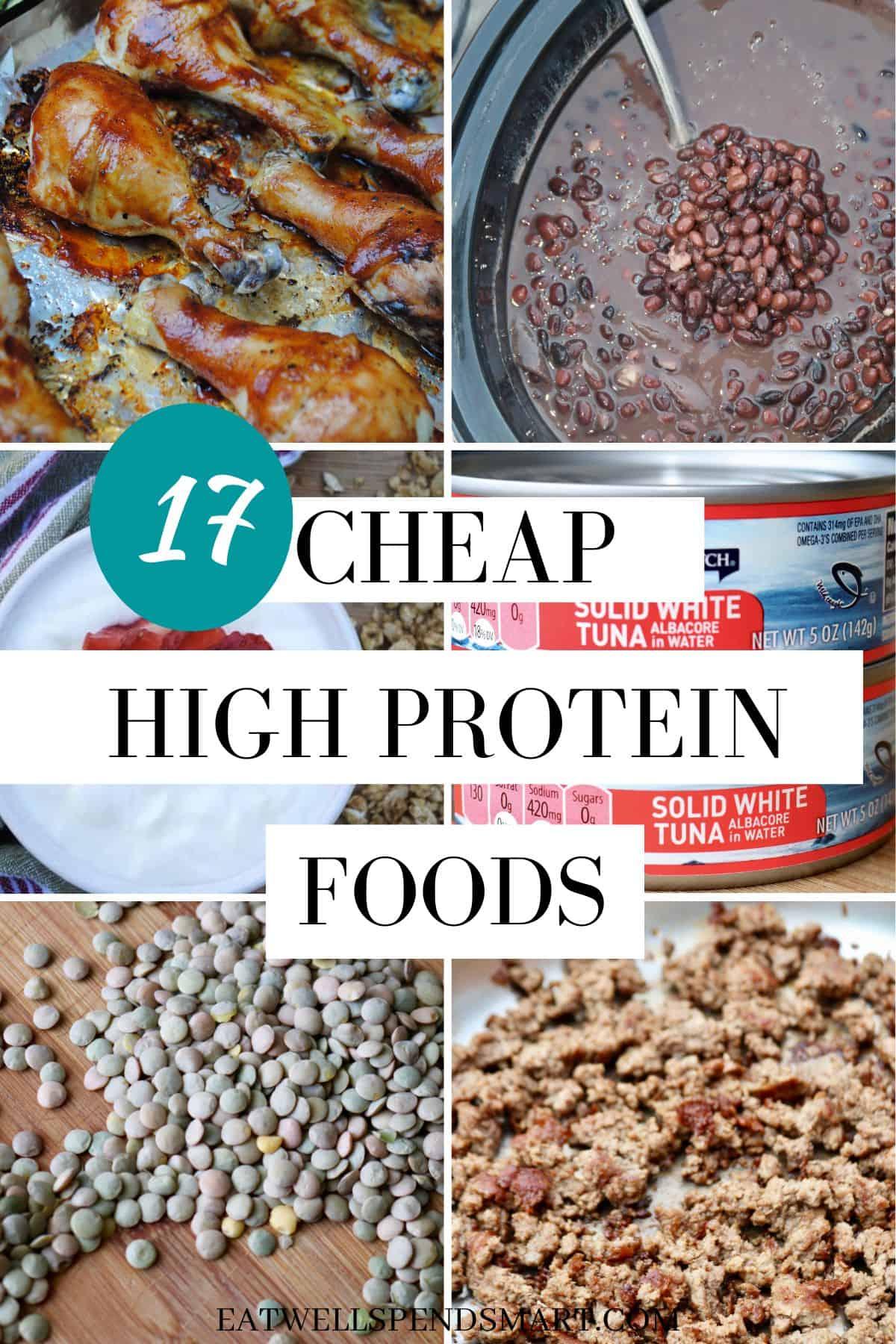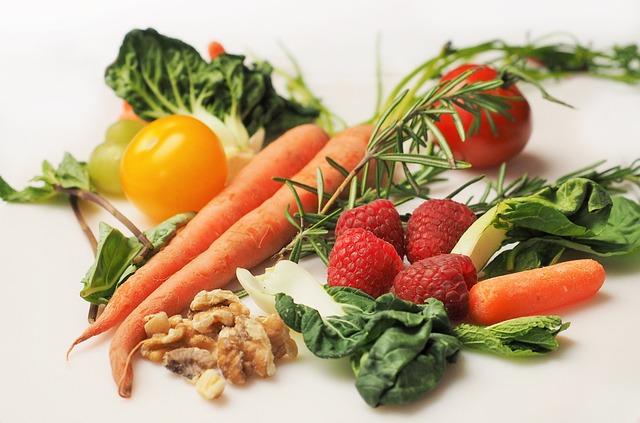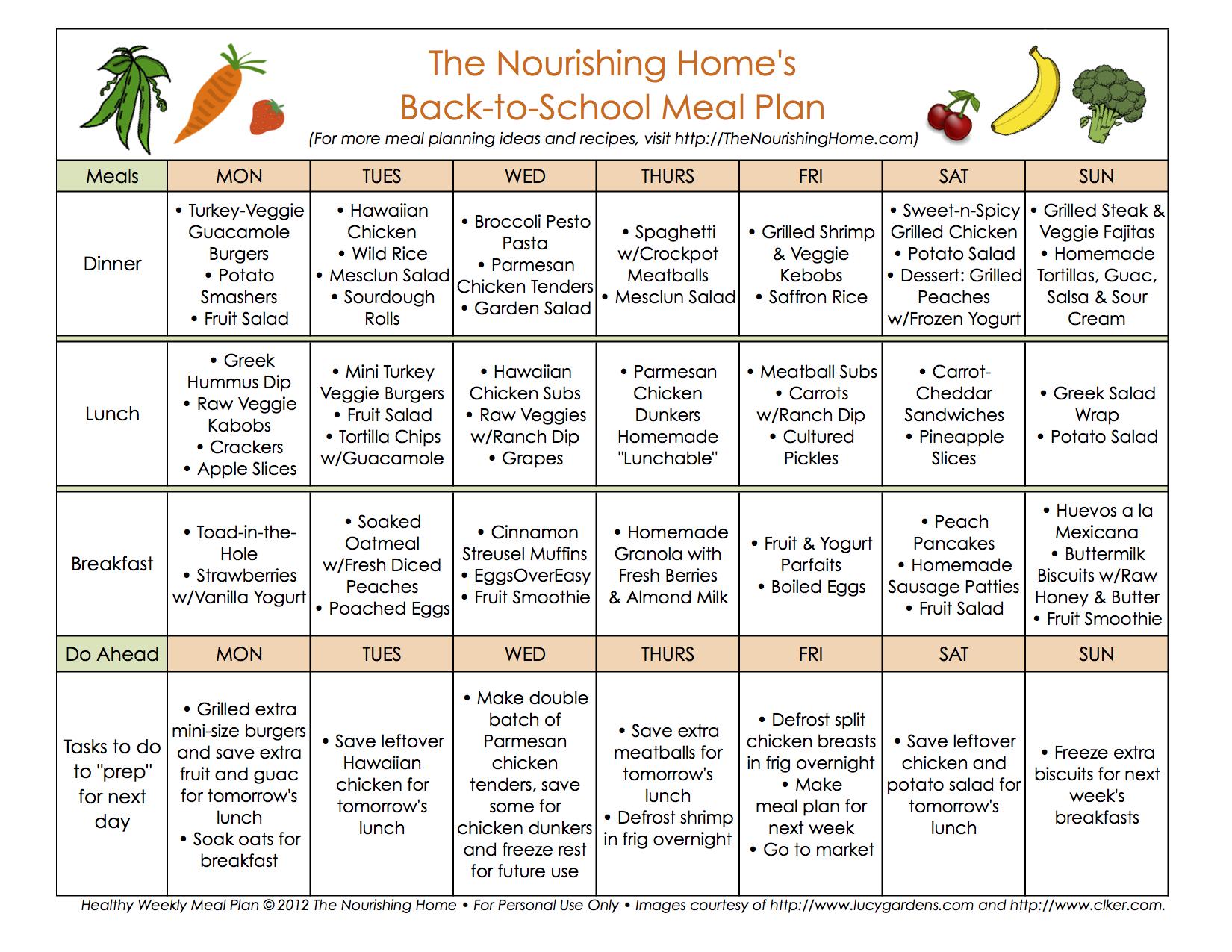In today’s fast-paced world, maintaining a healthy diet often feels like a luxury that requires both time and money—resources many of us find scarce. However, embarking on a high-protein diet, which is essential for muscle repair, satiety, and overall vitality, doesn’t have to break the bank. This guide is designed to equip you with practical strategies and savvy tips to plan a high-protein diet that not only supports your health goals but also respects your budget. With the right approach, you can enjoy a nutritious, protein-rich diet without compromising on quality or financial stability. Let’s dive into the essentials of crafting a cost-effective, protein-packed meal plan that aligns with both your nutritional needs and your wallet.
Understanding Protein Needs and Budget Constraints
Balancing your protein intake with financial constraints requires a strategic approach that maximizes nutrition without straining your wallet. Start by identifying cost-effective protein sources that offer both value and versatility. Eggs, beans, and lentils are affordable staples, while canned tuna and chicken thighs provide excellent protein at a lower price point compared to other meats. Additionally, incorporate plant-based proteins like tofu and quinoa, which are not only budget-friendly but also offer diverse culinary applications.
When shopping, consider purchasing in bulk to capitalize on discounts and reduce per-unit costs. Local markets and discount stores can be treasure troves for budget-friendly deals. It’s also beneficial to explore store brands, which often offer the same quality at a reduced price. To stretch your budget further, plan meals around sales and seasonal produce, integrating them with your protein sources for a balanced diet. Here’s a quick checklist to guide your shopping:
- Buy in Bulk: Grains, beans, and nuts.
- Choose Store Brands: Often cheaper than name brands.
- Look for Sales: Stock up on discounted proteins.
- Utilize Coupons: Cut costs with available discounts.

Selecting Affordable Protein Sources without Compromising Quality
Discovering affordable protein sources doesn’t mean sacrificing nutrition or taste. A well-planned diet can incorporate high-quality proteins without breaking the bank. Start by considering legumes such as lentils, chickpeas, and black beans. These not only provide protein but also come packed with fiber and essential nutrients. Explore the versatility of eggs, which are a cost-effective and complete protein source, perfect for any meal of the day. Don’t overlook canned fish like tuna and salmon, which offer omega-3 fatty acids and protein at a fraction of the cost of fresh fish.
- Tofu and Tempeh: These soy-based products are not only budget-friendly but also rich in protein and easy to incorporate into various dishes.
- Quinoa: A complete protein that is both affordable and easy to prepare, making it an excellent base for salads and bowls.
- Greek Yogurt: Opt for plain varieties to keep costs down and add your own flavors with fruits or honey.
Creating a Balanced Meal Plan with Cost-Effective Ingredients
Crafting a high-protein diet that doesn’t break the bank involves strategic selection of ingredients and mindful meal planning. Start by focusing on affordable protein sources that pack a nutritional punch without the hefty price tag. Consider incorporating items like:
- Eggs: Versatile and nutrient-dense, eggs are an economical choice for breakfast, lunch, or dinner.
- Lentils and Beans: Rich in protein and fiber, these plant-based staples are perfect for soups, stews, and salads.
- Chicken Thighs: Often cheaper than breasts, thighs offer a flavorful protein option that can be roasted, grilled, or slow-cooked.
- Greek Yogurt: Packed with protein, it’s great for snacks or as a base for smoothies.
Balancing your meals with nutritious fillers like whole grains and seasonal vegetables not only enhances the meal’s nutritional profile but also keeps costs down. Opt for brown rice, quinoa, or whole wheat pasta to accompany your proteins. Additionally, shopping for produce that’s in season or purchasing frozen vegetables can save money while still providing essential vitamins and minerals. By combining these cost-effective ingredients thoughtfully, you can create a meal plan that’s both healthy and budget-friendly.
Practical Tips for Shopping and Cooking on a Budget
Embracing a high protein diet doesn’t mean breaking the bank. With a bit of strategic planning and savvy shopping, you can enjoy nutritious meals without straining your wallet. Start by making a list of affordable protein sources such as eggs, canned tuna, lentils, and chickpeas. These ingredients are not only budget-friendly but also versatile for various recipes. Consider buying in bulk when possible, as this often reduces the cost per unit.
- Plan your meals for the week, focusing on recipes that use similar ingredients to minimize waste.
- Opt for seasonal produce to pair with your proteins; they’re typically cheaper and fresher.
- Explore local markets for discounts on bulk items or day-end sales.
- Utilize store brands, which often provide quality products at a lower price point.
When cooking, maximize your resources by making larger batches and freezing portions for later. This not only saves time but also ensures you have healthy, protein-rich meals ready when needed. By being resourceful and intentional with your shopping and cooking, maintaining a high protein diet on a budget becomes not just feasible but rewarding.




